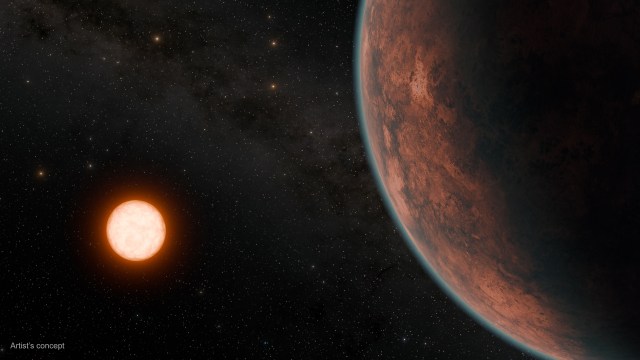The field of extrasolar planet studies has grown exponentially in the past twenty years. Thanks to missions like Kepler, the Transiting Exoplanet Survey Satellite (TESS), and other dedicated observatories, astronomers have confirmed 5,690 exoplanets in 4,243 star systems. With so many planets and systems available for study, scientists have been forced to reconsider many previously-held notions about planet formation and evolution and what conditions are necessary for life. In the latter case, scientists have been rethinking the concept of the Circumsolar Habitable Zone (CHZ).
By definition, a CHZ is the region around a star where an orbiting planet would be warm enough to maintain liquid water on its surface. As stars evolve with time, their radiance and heat will increase or decrease depending on their mass, altering the boundaries of the CHZ. In a recent study, a team of astronomers from the Italian National Institute of Astrophysics (INAF) considered how the evolution of stars affects their ultraviolet emissions. Since UV light seems important for the emergence of life as we know it, they considered how the evolution of a star’s Ultraviolet Habitable Zone (UHZ) and its CHZ could be intertwined.
Continue reading “The Ultraviolet Habitable Zone Sets a Time Limit on the Formation of Life”









